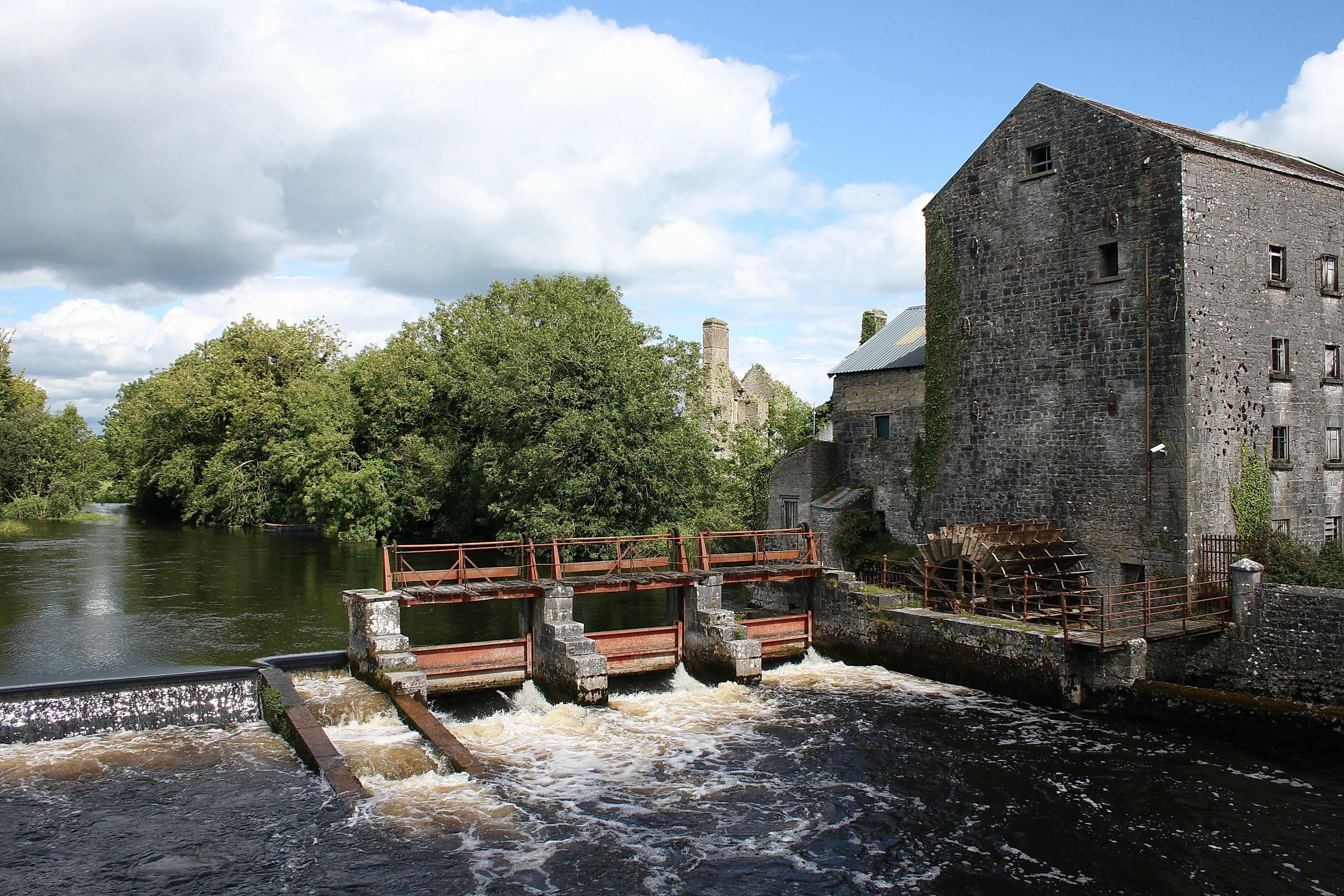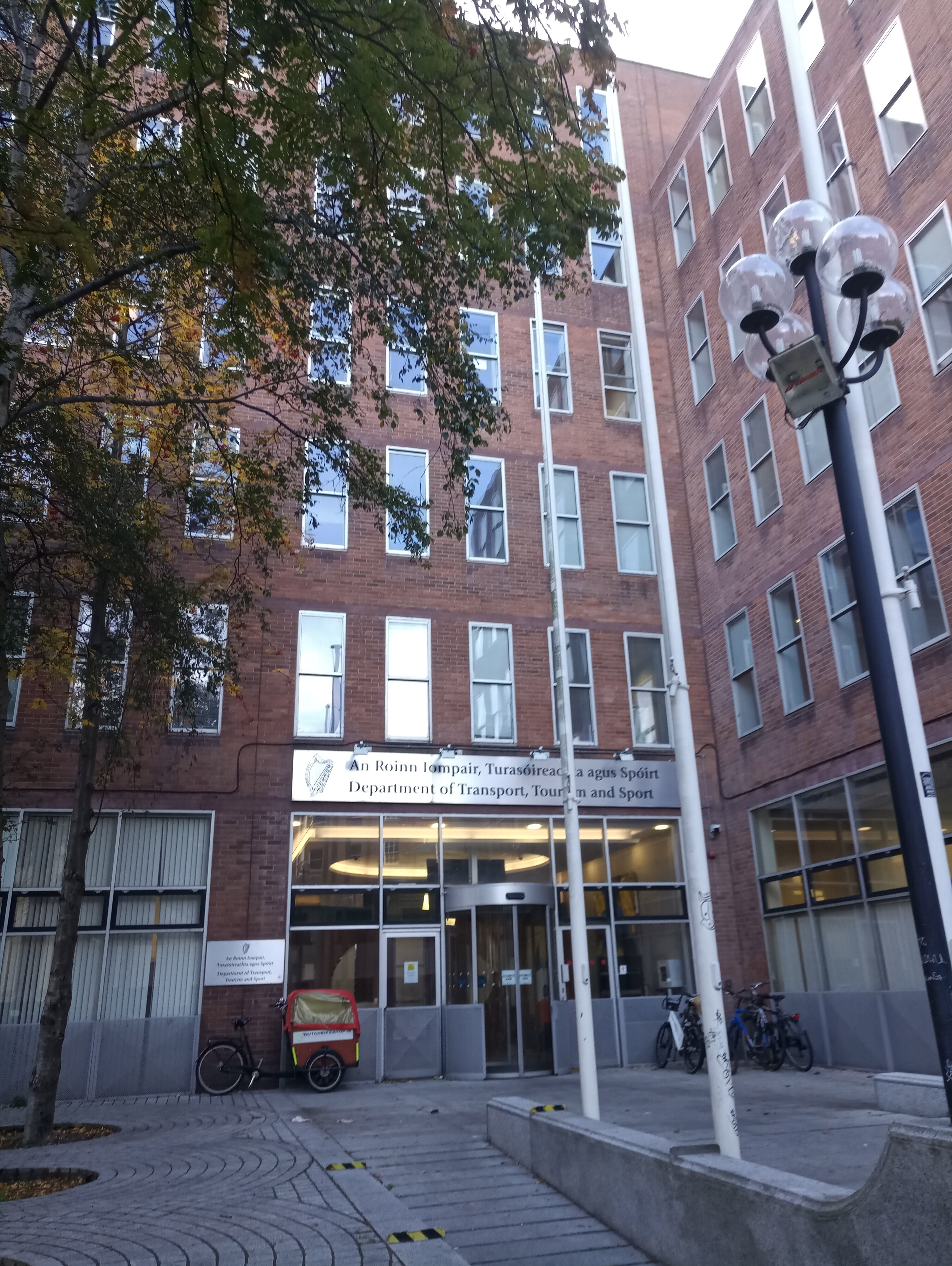|
R285 Road (Ireland)
The R285 road is a Regional road (Ireland), regional road in Republic of Ireland, Ireland linking the N4 road (Ireland), N4 at a point east of Boyle, County Roscommon to the R280 road, R280 at Mountallen. The road lies entirely within County Roscommon. En route it passes through Knockvicar and Keadue. The road is long. See also *Roads in Ireland *National primary road *National secondary road ReferencesRoads Act 1993 (Classification of Regional Roads) Order 2006 – Department of Transport, Tourism and Sport, Department of Transport {{Roads in Ireland Regional roads in the Republic of Ireland Roads in County Roscommon ... [...More Info...] [...Related Items...] OR: [Wikipedia] [Google] [Baidu] |
County Roscommon
"Steadfast Irish heart" , image_map = Island of Ireland location map Roscommon.svg , subdivision_type = Country , subdivision_name = Ireland , subdivision_type1 = Province , subdivision_name1 = Connacht , subdivision_type2 = Regions of Ireland, Region , subdivision_name2 = Northern and Western Region, Northern and Western , seat_type = County town , seat = Roscommon , leader_title = Local government in the Republic of Ireland, Local authority , leader_name = Roscommon County Council, County Council , leader_title2 = Dáil constituencies , leader_title3 = European Parliament constituencies in the Republic of Ireland, EP constituency , leader_name2 = Roscommon–Galway (Dáil constituency), Roscommon–Galway Sligo–Leitrim (Dáil constituency), Sligo–Leitrim , leader_name3 = Midlands–North-West (European Parliament constituency), Midlands–North-West , ... [...More Info...] [...Related Items...] OR: [Wikipedia] [Google] [Baidu] |
Regional Road (Ireland)
A regional road ( ga, bóthar réigiúnach) in the Republic of Ireland is a class of road not forming a major route (such as a national primary road or national secondary road), but nevertheless forming a link in the Roads in Ireland, national route network. There are over 11,600 kilometres (7,200 miles) of regional roads. Regional roads are numbered with three-digit route numbers, prefixed by "R" (e.g. R105). The equivalent road category in Northern Ireland are Roads in Northern Ireland#"B" roads, B roads. History Until 1977, classified roads in the Republic of Ireland were designated with one of two prefixes: Trunk Roads in Ireland, "T" for Trunk Roads and "L" for Link Roads. ThLocal Government (Roads and Motorways) Act authorised the designation of roads as National roads: in 1977, twenty-five National Primary roads (N1-N25) and thirty-three National Secondary roads (N51-N83) were initially designated unde Many of the remaining classified roads became Regional roads (formally ... [...More Info...] [...Related Items...] OR: [Wikipedia] [Google] [Baidu] |
Department Of Transport, Tourism And Sport
The Department of Transport ( ga, An Roinn Iompair) is a department of the Government of Ireland that is responsible for transport policy and overseeing transport services and infrastructure. The department is led by the Minister for Transport who is assisted by one Minister of State. Departmental team The official headquarters and ministerial offices of the department are in Leeson Lane, Dublin. It also has offices in Killarney and Loughrea. The departmental team consists of the following: *Minister for Transport: Eamon Ryan, TD ** Minister of State for International and Road Transport and Logistics: Hildegarde Naughton, TD *Secretary General of the Department: Ken Spratt Affiliated bodies State Agencies Among the State Agencies that report to, are appointed by the Minister, or are otherwise affiliated to the department are: * National Transport Authority *Road Safety Authority *Transport Infrastructure Ireland *Irish Aviation Authority *Irish Coast Guard *Commission for ... [...More Info...] [...Related Items...] OR: [Wikipedia] [Google] [Baidu] |
National Secondary Road
A national secondary road ( ga, Bóthar Náisiúnta den Dara Grád) is a category of road in Ireland. These roads form an important part of the national route network but are secondary to the main arterial routes which are classified as national primary roads. National secondary roads are designated with route numbers higher than those used for primary roads, but with the same "N" prefix. Routes N51 and higher are all national secondary roads. National secondary roads have a default speed limit of 100 km/h (62.5 mph) as, along with national primary routes, they fall into the speed limit category of ''national roads''. There are 2657 km of national secondary roads in Ireland, making up slightly over 50% of the entire national route (national primary and national secondary) network. TII: ... [...More Info...] [...Related Items...] OR: [Wikipedia] [Google] [Baidu] |
National Primary Road
A national primary road ( ga, Bóthar príomha náisiúnta) is a road classification in Ireland. National primary roads form the major routes between the major urban centres. There are 2649 km of national primary roads. This category of road has the prefix "N" followed by one or two digits. Motorways are prefixed "M" followed by one or two digits. Description The routes numbered N1–N11 radiate anti-clockwise from Dublin, with those in the range N12–N26 being cross-country roads. Routes numbered N27–N33 are much shorter roads than the majority of the network: they link major pieces of infrastructure (such as ports and airports) to the network, such as the N33 being a feeder route to a major motorway (the M1). Finally, the N40 and the M50 are bypass roads of Ireland's two largest cities, Cork and Dublin. National secondary roads (see next section) are numbered under the same scheme with higher numbers (from N51 on). On road signage, destinations served but not on the ... [...More Info...] [...Related Items...] OR: [Wikipedia] [Google] [Baidu] |
Roads In Ireland
The island of Ireland, comprising Northern Ireland and the Republic of Ireland, has an extensive network of tens of thousands of kilometres of public roads, usually surfaced. These roads have been developed and modernised over centuries, from trackways suitable only for walkers and horses, to surfaced roads including modern motorways. Driving is on the left-hand side of the road. The major routes were established before Irish independence and consequently take little cognisance of the border other than a change of identification number and street furniture. Northern Ireland has had motorways since 1962, and has a well-developed network of primary, secondary and local routes. The Republic started work on its motorway network in the early 1980s; and historically, the road network there was once somewhat less well developed. However, the Celtic Tiger economic boom and an influx of European Union structural funding, saw national roads and regional roads in the Republic of Ireland, Rep ... [...More Info...] [...Related Items...] OR: [Wikipedia] [Google] [Baidu] |
Roscommon Road 4822
Roscommon (; ) is the county town and the largest town in County Roscommon in Ireland. It is roughly in the centre of Ireland, near the meeting of the N60, N61 and N63 roads. The name Roscommon is derived from Coman mac Faelchon who built a monastery there in the 5th century. The woods near the monastery became known as Ros Comáin (''St. Coman's Wood''). This was later anglicised to Roscommon. Its population at the 2016 census was 5,876. History Roscommon was the homeland of the Connachta dynasty, and included such kingdoms as Uí Maine, Delbhna Nuadat, Síol Muirdeach, and Moylurg. In addition, it contained areas known as Trícha cét's, Túath and is the homeland of surnames such as Ó Conchobhair ( O'Conor, O'Connor), Mac Diarmada ( McDermott), Ó Ceallaigh (Kelly), Ó Birn (Beirne, Byrne, Burns), Mac Donnchadha ( McDonough) and Brennan (Mac Branáin and Ó Branáin). From 1118 to 1156 Roscommon was the seat of the Diocese of Elphin. The town is the location of a ... [...More Info...] [...Related Items...] OR: [Wikipedia] [Google] [Baidu] |
Republic Of Ireland
Ireland ( ga, Éire ), also known as the Republic of Ireland (), is a country in north-western Europe consisting of 26 of the 32 counties of the island of Ireland. The capital and largest city is Dublin, on the eastern side of the island. Around 2.1 million of the country's population of 5.13 million people resides in the Greater Dublin Area. The sovereign state shares its only land border with Northern Ireland, which is part of the United Kingdom. It is otherwise surrounded by the Atlantic Ocean, with the Celtic Sea to the south, St George's Channel to the south-east, and the Irish Sea to the east. It is a unitary, parliamentary republic. The legislature, the , consists of a lower house, ; an upper house, ; and an elected President () who serves as the largely ceremonial head of state, but with some important powers and duties. The head of government is the (Prime Minister, literally 'Chief', a title not used in English), who is elected by the Dáil and appointed by ... [...More Info...] [...Related Items...] OR: [Wikipedia] [Google] [Baidu] |
R280 Road
The R280 road is a regional road in Ireland linking Bundoran in County Donegal in the north to Carrick-on-Shannon in County Leitrim. En route it passes through Kinlough, Manorhamilton, Drumkeeran and Leitrim village. The road is long. Image:R280road.jpg, 380px, left, The R280 near Leitrim village desc none poly 80 196 70 364 766 378 768 288 400 272 418 200 Manorhamilton poly 96 416 76 494 80 586 764 592 762 516 774 496 790 494 802 416 Drumkeeran poly 120 642 90 704 106 726 104 802 108 806 400 810 400 728 422 640 Sligo poly 112 864 92 936 106 950 102 1030 682 1028 684 946 734 936 748 874 734 858 Dromahair See also *Roads in Ireland *National primary road *National secondary road ReferencesRoads Act 1993 (Classification of Regional Roads) Order 2006– Department of Transport The Department for Transport (DfT) is a department of His Majesty's Government responsible for the English transport network and a limited number of transport matters in Scotland, Wales and Nor ... [...More Info...] [...Related Items...] OR: [Wikipedia] [Google] [Baidu] |
N4 Road (Ireland)
The N4 road is a national primary road in Ireland, running from Dublin to the northwest of Ireland and Sligo town. The M6 to Galway diverges from this route after Kinnegad, while the N5 to Westport diverges at Longford town. Most sections of the N4 that are motorway-standard are designated the M4 motorway. Road standard The N4 originates at an intersection with the M50 motorway at Junction 7. This is also Junction 1 of the N/M4. The Liffey Valley Shopping Centre is located at Junction 2. The road has three lanes and a bus lane in each direction between the M50 and the start of the M4 at Leixlip. The N4 was the only one of the main inter-urban national routes whose dual-carriageway section continued into the city centre; however, the section inside the M50 was re-classified as the R148 in 2012. Heading west, the PPP motorway section (see below) ends west of Kinnegad, and the motorway terminates 5 km further west; it continues as HQDC and bypasses Mullingar. From ... [...More Info...] [...Related Items...] OR: [Wikipedia] [Google] [Baidu] |
R284 Road
The R284 road is a regional road in Ireland linking Sligo to Leitrim village in County Leitrim. En route it passes through Ballygawley, Ballyfarnan, Geevagh and Keadue. The road is long. Official description The official description of the R284 from the ''Roads Act 1993 (Classification of Regional Roads) Order 2006'' reads: :Carrowroe, County Sligo - Leitrim, County Leitrim :Between its junction with N4 at Tonaforte and its junction with R287 at Carraroe all in the county of Sligo :- and - :between its junction with R287 at Carrowroe in the county of Sligo and its junction with R280 at Leitrim in the county of Leitrim via Drumaskibbole, Ballygawley, Sooey, Conway's Cross and Geevagh in the county of Sligo: Ballyfarnan, Keadew West Keadew and Drumboylan in the county of Roscommon: and Drumhierny in the county of Leitrim. [...More Info...] [...Related Items...] OR: [Wikipedia] [Google] [Baidu] |





.png)


